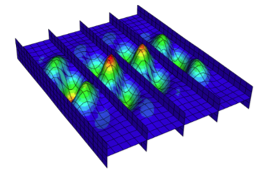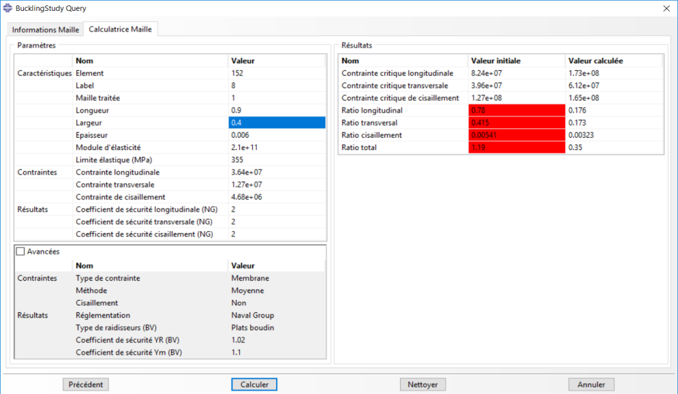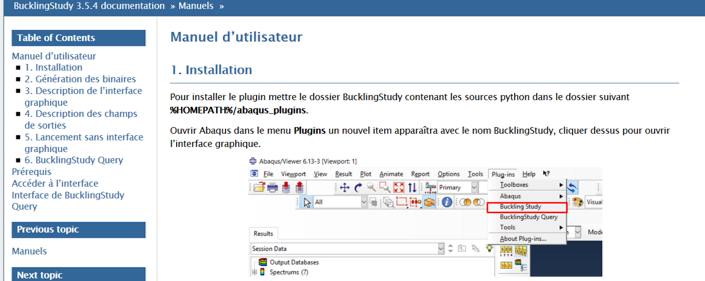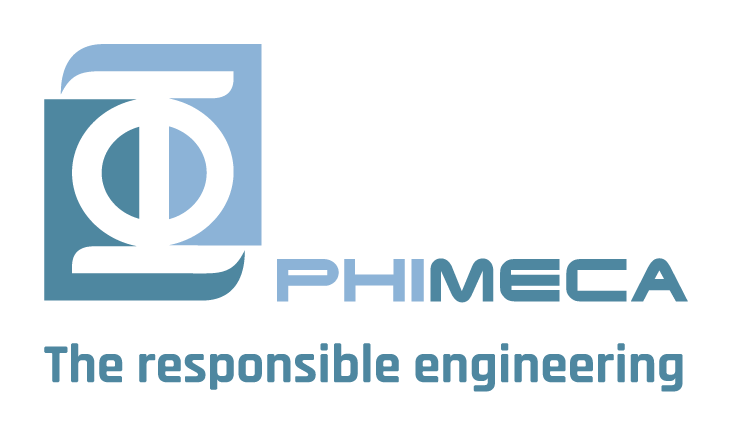Commercially available finite element software is relatively generic, in that it must make possible a wide range of simulations for a variety of industrial applications.
Post-processing is a crucial step in the engineer’s work which can often be time consuming. Its partial or complete automation by means of tested dedicated tools makes it faster but also more robust.
For one of Phimeca’s major customers, the manual post-processing of buckling structures mobilised its engineers over a long period of time with repetitive tasks sometimes requiring them to repeat the resolution of the complete model several times.
By calling on one of our teams who carry out scientific developments, a plugin was added to Abaqus. This allowed them to automate and ensure the quality of the post-processing of the buckling process, with a considerable time saving, going from one month’s work to 3 days. This time saving is due in particular to the development of a tool that avoids the need to re-run the resolution of the complete model for localised changes in the model.
Phimeca produced an initial version that has evolved over time by adding features identified by the customer as it was used. Today it is used daily by engineers and continues to evolve to include other phenomena.
This tool makes it possible to:
- identify super-elements consisting of shells or beams likely to buckle

- check, based on local constraints, the non-buckling of these super-elements according to criteria established by our customer
- display a map of the areas that do not meet the criterion
- have interactive dialogue boxes allowing to modify the criteria and to update the visualisations

- process several steps of calculation time
- generate images and tables in a report
This tool is accompanied by documentation in both html and pdf format for users, but also, at the customer’s request, a version for developers that details the implementation of the sources.

